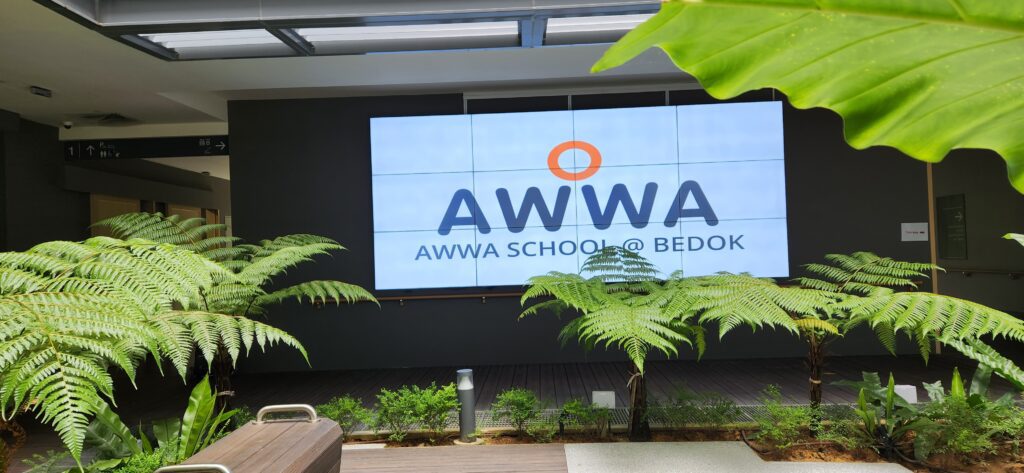
Video walls have become a powerful tool in today’s digital landscape, providing immersive experiences across various sectors. From retail stores to control rooms, these large displays are transforming how information and visuals are shared with audiences. In Singapore, where technology and innovation play a key role in business and public services, video walls are becoming an increasingly popular solution for dynamic communication. But how do they work, and what should you know before investing in one?
Let’s dive into the technology behind video walls and explore how Singaporean businesses can make the most of this evolving digital display tool.
A video wall is essentially a large-scale display made up of multiple screens or panels that work together to form one cohesive image or video. Unlike traditional single-screen displays, video walls offer more flexibility, enabling you to create larger, higher-resolution visuals that can span entire walls.
A video wall system is composed of:
The technology behind video walls is all about synchronisation and control. At the core of every video wall is a video wall controller, which is responsible for splitting the content into smaller portions and distributing it across the connected panels.
The display panels are what the audience sees, and they come in various forms depending on the type of video wall (LCD, LED, etc.). These panels need to be of high quality to ensure brightness, clarity, and colour consistency.

In addition to the hardware, software integration plays a critical role. The software allows users to control the content displayed on the video wall remotely, making it easy to update in real-time or schedule content for later.
There are several types of video wall technologies to choose from, each with its own strengths and ideal use cases:
Video walls offer numerous advantages over traditional single displays:
In Singapore, video walls are rapidly gaining popularity in multiple sectors:

Installing a video wall requires thoughtful planning:
One size does not fit all when it comes to video walls. Businesses in Singapore need to consider how their specific use cases will impact design choices. Whether it’s working with local suppliers or tailoring content to suit a multilingual audience, the options for customisation are endless.
Software is what brings a video wall to life. Content Management Systems (CMS) allow businesses to schedule and organise content easily. In Singapore, where connectivity and smart city solutions are highly developed, video walls can be integrated with IoT systems for real-time data displays, perfect for transport hubs or retail environments.
Selecting the right video wall involves balancing several factors:
In Singapore, video walls vary in cost depending on the technology. LCD video walls can start from SGD 20,000, while LED video walls, especially outdoor-rated ones, may cost significantly more. Installation costs also need to be factored in, alongside ongoing maintenance.
Some of the latest trends in video wall technology include:
Like any technology, video walls have their challenges. From calibration issues to downtime, it’s important to work with reliable vendors to ensure proper maintenance and technical support.

The future looks bright for video walls in Singapore. Emerging technologies like microLED displays and AI-driven content management are set to make video walls more interactive and personalised, opening up even more possibilities for businesses and public spaces.
Video walls are a powerful tool that can elevate how businesses and public organisations in Singapore communicate with their audience. Whether for advertising, collaboration, or real-time monitoring, video walls offer an unparalleled visual experience that is both scalable and future-proof. As the technology continues to evolve, investing in a video wall today could set you up for even greater success in the digital world tomorrow.
We offer a versatile and customizable visual experience, empowering businesses to enhance their brand presence and captivate their audience.

